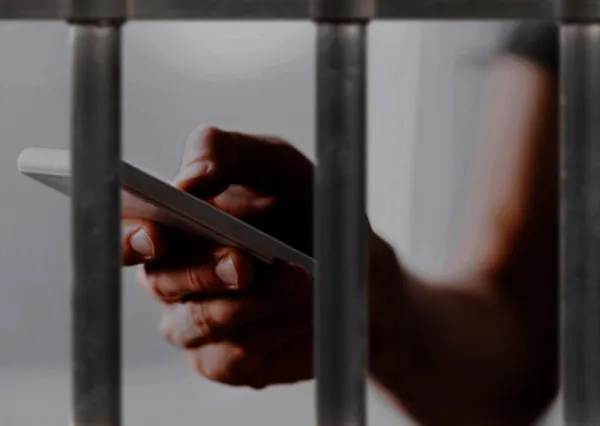How to prevent prisoners in jail for illegal call?
 Prisoners secretly use has been the biggest problem facing prison. So how to effectively prevent this behavior? The warden gave us a good answer. The U.S. prison system has negotiated with the FCC to get a license to use jamming devices on a large scale in prisons
Prisoners secretly use has been the biggest problem facing prison. So how to effectively prevent this behavior? The warden gave us a good answer. The U.S. prison system has negotiated with the FCC to get a license to use jamming devices on a large scale in prisons
The Department of Justice released a report that declared a solution to prevent criminal activity from happening within prisons: it successfully tested a cell phone jammer that would block mobile signals from smuggled cell phones inside a Maryland prison.
Throughout the corrections world the news spread fast. For South Carolina Corrections director Brian Stirling, the news affirmed his beliefs: to stop the flood of mobile phones streaming into prisons, jamming technology was the best, cheapest, and most efficient way to go.
"The results indicate the potential for localized impact of this micro-jamming technology," Williams said. "That is an encouraging sign that brings us closer to a solution that will make our communities safer and help prevent the continuation of criminal activity from inside prison walls."
The signal blockers were originally made by law enforcement officers to intercept terrorists and criminals messages. Today, the cell phone jammers are largely being used for official purposes to fight against terrorism. Right from suppression of communication as a preventive measure for organized crimes, to neutralizing remote controlled bomb explosions. It is even believed that the effort to assassinate influential leaders was nullified with the use of jammers. There is no doubt that disciplinary institutions now demand for this kind of small equipment is very large. At the same time this kind of equipment would really solve the punishment has been faced with the problem
The emergence of this equipment to disciplinary institution reorganization disciplinary security brought great confidence. “These promising test results mark a step forward countering the security threat posed by contraband cellphones,” said Assistant Attorney General Beth Williams of the Justice Department’s Office of Legal Policy. “The results indicate the potential for localized impact of this micro-jamming technology. That is an encouraging sign that brings us closer to a solution that will make our communities safer and help prevent the continuation of criminal activity from inside prison walls.”
The data in the report will be used by BOP and the Department to understand the efficacy of micro-jamming, conduct further evaluation of jamming technology, and develop recommendations for strategic planning.
Micro-jamming technology was tested last year at a federal prison—where officials said they were able to shut down phone signals inside a prison cell, while devices about 20 feet (6 meters) away worked normally—but a decades-old law says state or local agencies don’t have the authority to jam the public airwaves.
The Federal Bureau of Prisons is free to use jamming technology, though the AP separately reported earlier this month it hasn’t been used outside of limited testing. In both federal and state penal facilities, contraband access to cell phones is common, which prison officials have long alleged they need more tools to address.


